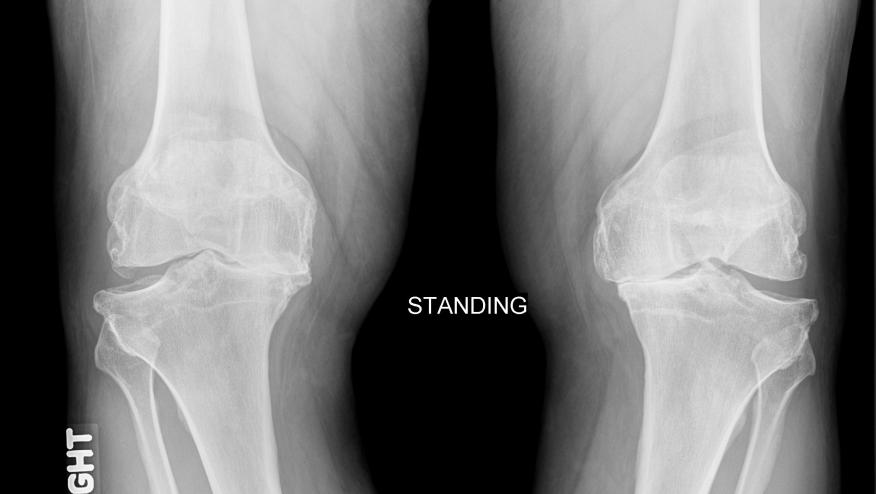Cost Efficacy of Knee Replacement in Obese Osteoarthritis Save

Total knee replacement (TKR) in obese patients with end-stage knee osteoarthritis appears to be a beneficial and cost-effective strategy for treating. The only potential limitation is a greater risk for adverse events in those with a body mass index (BMI) of 40 kg/m2 or greater.
Data previously published in Annals of Internal Medicine suggest that estimated total losses of per-person quality-adjusted life-years ranged from 1.857 in nonobese persons with knee osteoarthritis to 3.501 for persons affected by both conditions, resulting in a total of 86.0 million quality-adjusted life-years lost due to obesity, knee osteoarthritis, or both.
Using data from longitudinal studies and published literature, and costs from Medicare Physician Fee Schedules, the Healthcare Cost and Utilization Project, the Osteoarthritis Policy Model was used to assess long-term clinical benefits, costs, and cost-effectiveness of TKR in patients with a BMI of 40 kg/m2 or greater. Outcomes were measured in terms of cost, quality-adjusted life-years (QALYs), and incremental cost-effectiveness ratios (ICERs), and discounted quality-adjusted life expectancies (QALEs), discounted lifetime costs, and ICERs of the base-case analysis.
Overall, total knee replacement increased QALYs by 0.71 year and lifetime medical costs by $25 200 among patients aged 50 to 65 years (with a BMI of 40 kg/m2 or greater), resulting in an ICER of $35 200. Total knee replacement in patients older than 65 years with a BMI of 40 kg/m2 or greater increased QALYs by 0.39 year and costs by $21,100, resulting in an ICER of $54,100.
In TKR recipients with a BMI of 40 kg/m2 or greater and diabetes and cardiovascular disease, ICERs were below $75 000 per QALY. Results were most sensitive to complication rates and preoperative pain levels. In the probabilistic sensitivity analysis, at a $55,000-per-QALY willingness-to-pay threshold, TKR had a 100% and 90% likelihood of being a cost-effective strategy for patients aged 50 to 65 years and patients older than 65 years, respectively.
TKR offers good cost-effective value in patients with a BMI of 40 kg/m2 or greater, including those with multiple comorbidities. This was most evident with patients aged 50 to 65 years with a BMI of 40 kg/m2 or greater for any WTP threshold greater than $35,200 per QALY and for patients older than 65 years at all WTP thresholds above $54,100 per QALY.








If you are a health practitioner, you may Login/Register to comment.
Due to the nature of these comment forums, only health practitioners are allowed to comment at this time.